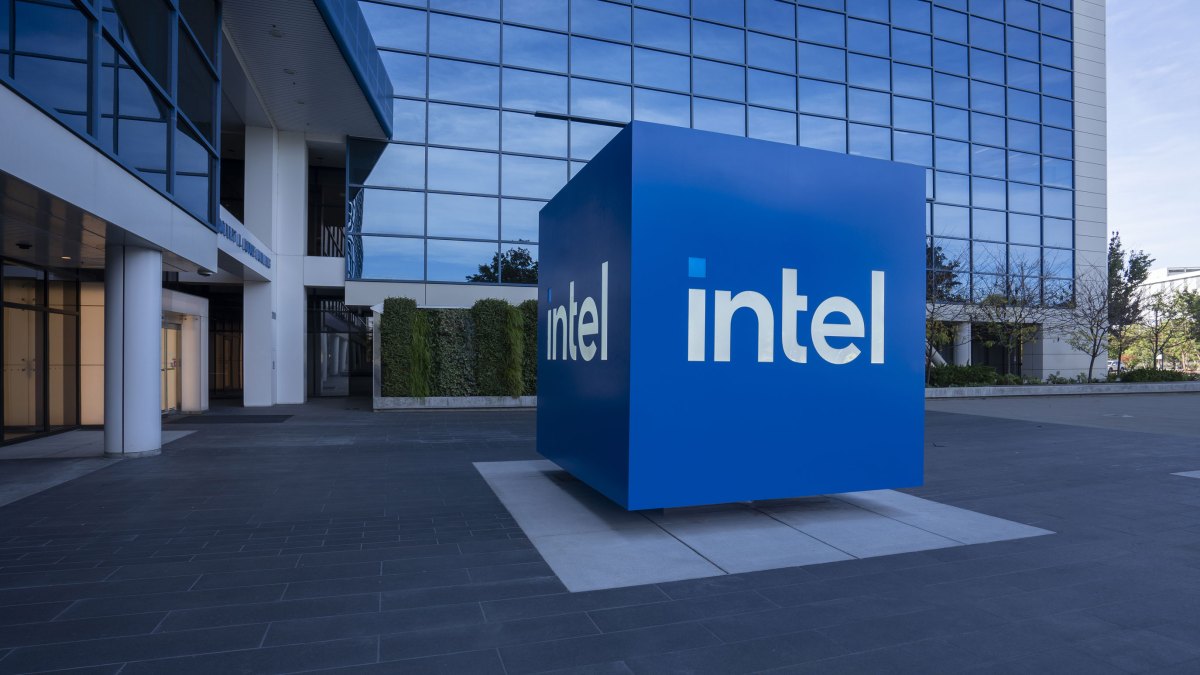Battery tech is pivotal as the world leans into electrification to power decarbonization in the race against climate change. But rising demand is putting more attention on the limits and drawbacks of current generation lithium-ion (Li-ion) battery technology. This is where Cambridge University spin-out Molyon hopes to come in: the U.K. startup is developing next-gen lithium-sulfur (Li-S) technology.
Li-S batteries hold the promise of much better performance, thanks to higher energy density compared to Li-ion cells, combined with the advantage of better supply chain resilience since sulfur is abundant. Some minerals critical to Li-ion batteries are harder to come by.
“Current batteries, like the ones in our phones, our laptops, our electric vehicles, they’re just not good enough,” argues Molyon CEO and co-founder Dr. Ismail Sami (pictured above, left, with co-founder and CTO Dr. Zhuangnan Li). “They’re expensive, they contain critical rare materials like cobalt, and they’re also just not good enough in terms of performance.”
“I have to charge my phone numerous times, sometimes, in a day. There’s still ‘range anxiety’ when people look at buying an electric vehicle. And so lithium-ion batteries, they’re really hitting this ‘glass ceiling’ in performance. And we need a next generation — a step change in performance — to enable us to do more and to get to that journey towards Net Zero.”
There’s long been excitement over the performance potential of Li-S batteries, which were actually invented back in the 1960s. However, commercialization has stumbled because sulfur reacts inside the battery and ends up accelerating cell degradation, meaning these high energy batteries have historically burnt out fast. And no one wants an amazing battery that only lasts a few charging cycles.
But now Molyon believes it’s found an answer to stabilizing Li-S batteries over “hundreds of cycles” by using a new material for the cathode that Sami says works “phenomenally well”. The development holds out the promise of unlocking the transformative potential of Li-S at commercial scale — assuming the team can translate their lab breakthroughs into real-world technology.
The startup was founded in February this year — off the back of some 15 years of research at Cambridge University’s Department of Materials Science. It’s this work, conducted by the materials science department’s Chhowalla Group (named for professor Manish Chhowalla), into a substance called metallic molybdenum disulfide (aka MoS2), that Molyon plans to commercialize over the coming years.
Talking up another advantage of the material, Sami points out MoS2 is “naturally abundant” — saying it “occurs globally, in the US, in China, in Australia, all throughout the world” — which suggests that batteries using the substance wouldn’t have so many supply chain challenges.
MoS2 naturally occurs as a semiconductor, so he explains that a key part of the startup’s process involves turning it into a metal to make it conductive. They then use conductive MoS2 as an additive to the cathode (i.e. the positive battery terminal) — yielding a stable lithium-sulfur battery that can be charged over many cycles.
Other attempts to commercialize Li-S batteries have typically used carbon as the additive, per Sami. Whereas he argues Molyon is doing something “fundamentally” new and different compared to earlier attempts (or more current competitors).
The startup has patented the use of MoS2 in Li-S batteries, giving it defensibility on the approach, too.
“What we’re really doing with this material is allowing the sulfur to do its job, to react with the lithium, to release that energy and not dissolve into the electrolyte. So it’s this molybdenum disulfide that we’ve found is an additive which then solves that key issue of sulfur dissolving into the battery,” he tells TechCrunch.
“What we’ve shown is that carbon isn’t a very good additive,” Sami adds. “It doesn’t have those special qualities needed to stop sulfur from dissolving into the electrolyte and making long lasting batteries . . . [W]e’ve really found a breakthrough and a step change in the materials level which hasn’t been demonstrated before.”
Double the energy
In early prototypes of a Li-S cell that’s a similar size to a battery found in a mobile phone, he says the team was able to demonstrate twice the energy of Li-ion batteries. When the co-founders saw the results they were getting, they immediately decided to spin out a company and “go for it,” as Sami puts it.
Molyon is announcing a $4.6 million seed round co-led by European deep tech and early stage investors IQ Capital and Plural to work towards building a pilot production facility that can produce prototype Li-S batteries to demo to the market and wow potential clients.
“This initial funding, is going to allow us to start and build our pilot facility in Cambridge,” says Sami. “What we’re focused on with this capital is to scale up that material, scale up the cathode — which is really our source, our secret sauce, our breakthrough in the lithium-sulfur battery — so develop our operations to be able to do that at the same time.”
“We need to demonstrate real batteries and demonstrate that performance,” he adds. “We’re going to be focusing on the material and scaling up and also demonstrating practical real batteries.”
Sami won’t be drawn on predicting how long it might take the team to get to the commercial prototype production stage — saying only that they’re focused on getting its Li-S tech to market “as quick as possible”.
Molyon also hasn’t fully decided on what shape its business model might take, but he says they want to offer a “technology platform” to the market — suggesting they may be open to licensing the innovation down the line.
One early focus for demoing applications of the prototype Li-S batteries will be drones and robots.
Asked why they’ve picked these use cases, Sami stresses that lighter weight Li-S cells can really shine in mobility use cases where weight affects performance. They also hope the tech will be useful to boost electrical vehicle range in the future, too.
“Lithium-sulfur batteries [are] incredibly high energy per weight, and that makes them incredibly useful for a number of applications — anything that moves, anything that flies,” he notes, listing transport, mobility and “mobile robots” as therefore particularly interesting application areas.
“In the drone space, being able to fly for longer, further is a clear advantage,” he adds. “And so we see that market as being an early adopter of lithium-sulfur batteries because of the huge performance improvements we can bring to drones and allowing them to do more with our batteries, rather than current batteries on the market.”
Given these types of use case, TechCrunch suggests the defence industry could be a future customer for Molyon’s technology.
“It could potentially be an interesting application or potential customer,” Sami responds, with some reluctance. “But we’re really early in our journey — we’re focused on the cathode, we’re focused on the battery, and then looking at potential applications and customers in the future.”
“I think that these batteries have the potential to be used in a number of applications where range — where distance — is important. And we’re looking at those various applications and use cases and determining where these lithium-sulfur batteries can make that difference,” he adds.
Commenting on the funding in supporting statements, Carina Namih, partner at Plural, said: “This excellent and focused team has the IP, the deep technical knowledge, the drive and commercial expertise to bring this novel technology to market and build a new battery company that can challenge the legacy suppliers.”
Max Bautin, General Partner at IQ Capital, added: “Molyon have made a groundbreaking discovery in materials science to bring a step-change in battery energy density and unlock a massive market. We’ve been so impressed with the passion and experience of the Molyon team, as well as the maturity level at which they have already demonstrated the potential of their technology. We’re delighted to be supporting Molyon at this exciting point in their venture as they scale to their first pilot facility and beyond.”



















 English (US) ·
English (US) ·